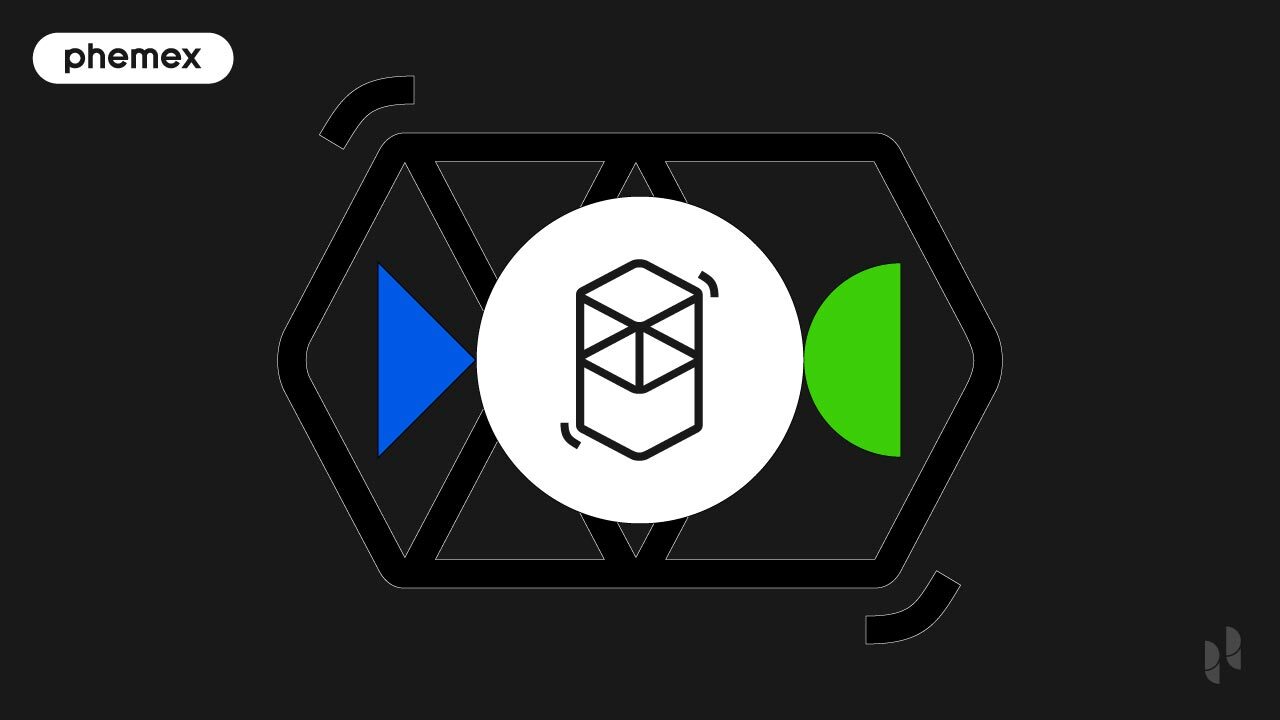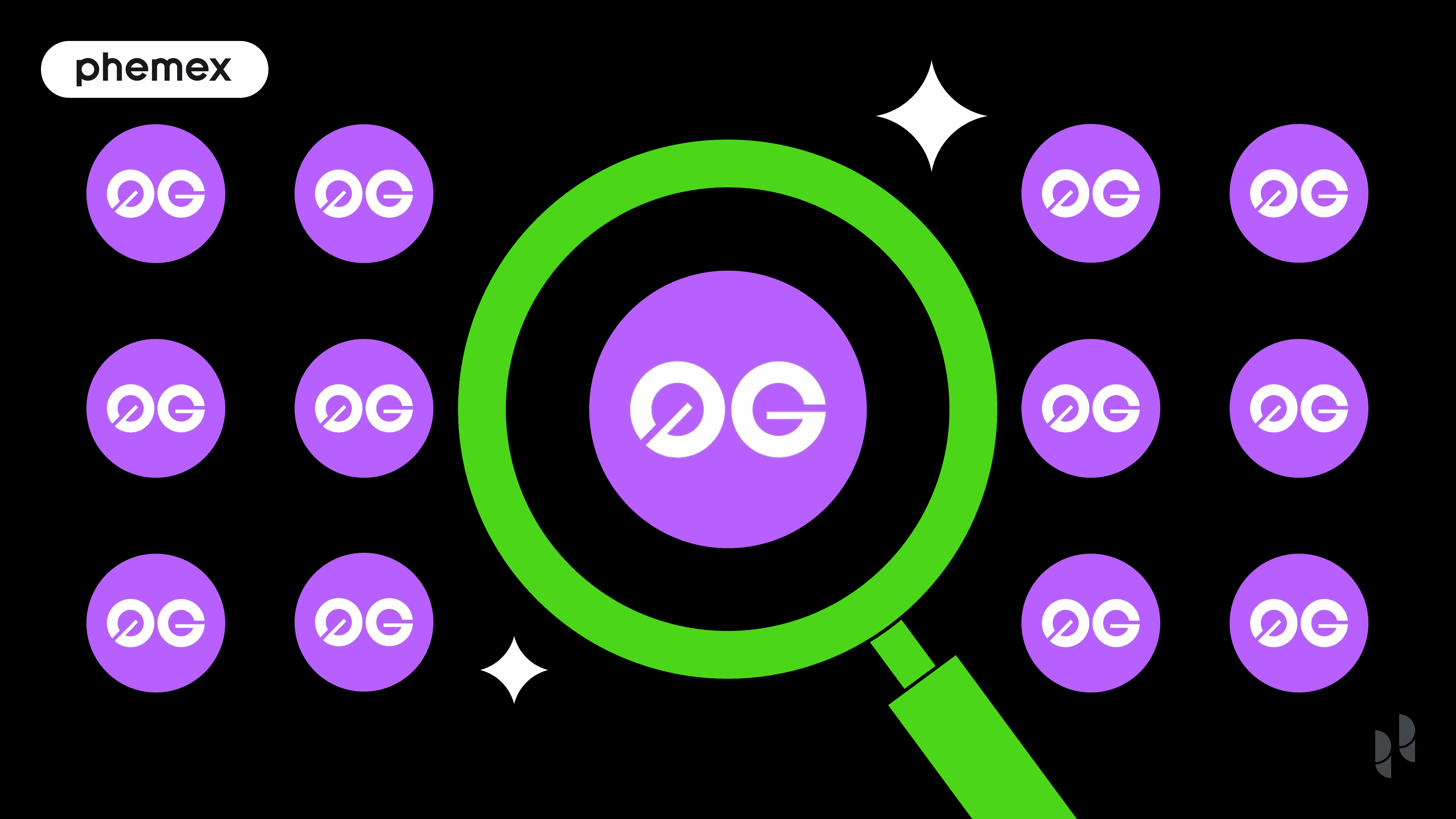Decentralized finance (DeFi) continues to grow, with new smart contracts, decentralized applications (DApps), and more built on a daily basis. With scalability a stubborn issue in blockchain technology, and Ethereum’s sky-high fees and low speeds hindering progression and adoption, one platform is making strides to offer a solution to the blockchain trilemma—Fantom (FTM).
Fantom (FTM) is currently trading at $0.24 with a market cap of $617,320,779. It has a circulating supply of 2.55 billion FTM, with a maximum supply of 3.175 billion FTM.

What is Fantom (FTM)?
Fantom is an open-source, decentralized, and permissionless smart contract platform designed to outclass more established blockchain protocols with its high throughput/ scalability, customizability, and security. At Fantom’s core is its aBFT consensus mechanism, Lachesis, which allows the protocol to operate at high speeds and low costs, while still maintaining robust security.
Established in 2018 and launched on its mainnet in 2019, it was primarily built as a faster and cheaper alternative to Ethereum.
Fantom is unique in that its computing power is not centralized on one distributed ledger. Instead, users of the protocol are able to deploy their own independent networks with their own functionality, including their own smart contracts and currencies. This makes Fantom highly decentralized.
How is Fantom Solving the Blockchain Trilemma?
The Bitcoin protocol and most of the blockchains that came shortly after it, such as Ethereum, have all run into scalability issues or low throughput i.e. the rate a blockchain processes transactions, measured in transactions per section (TPS)–in order to maintain a secure and decentralized network.
This difficulty in simultaneously offering scalability, security, and decentralization has become known as “the blockchain trilemma.”
This is exemplified by Bitcoin–while it offers proven security through robust decentralization, it has thus far not been able to process retail transactions fast enough for mainstream adoption. Bitcoin’s throughput currently averages between 3.3 and 7 TPS whereas Visa’s TPS is 17,000.
Ethereum, meanwhile, offers a smart contract platform for decentralized applications (DApps), but its exorbitant transaction fees mean that Ethereum-based decentralized finance remains unattractive to a mainstream audience.
Another example can be seen in the physical world with legacy financial systems, which offer lightning-fast consumer solutions but lack the permissionless and censorship resistance found through decentralized alternatives.
How Does Fantom Work?
Fantom tackles the blockchain trilemma head-on by introducing a high-speed consensus mechanism called Lachesis, which has no need to compromise on either speed, security, or decentralization.
The key to Lachesis’ success in this area is its modularity. To add to this, Lachesis can be integrated into any distributed ledger and developers can import existing Ethereum-based decentralized applications onto Fantom’s Opera mainnet deployment in minutes.
Because each of the networks on Fantom are technically independent from one another, their performance is not degraded by network congestion—which is the case with Ethereum’s Layer 1, where every decentralized application uses the same infrastructure and the same pool of limited resources.
On Fantom, every application has its own blockchain that operates independently from all other blockchains on the network. Each blockchain can feature its own tokens, tokenomics, and governance mechanisms.
Despite this, the independent blockchains on Fantom are still able to communicate with each other via Lachesis. In this way, instead of being a single Ethereum-like network, Fantom is more like a network of networks.
What Is The FTM Coin?
FTM is the native token on Fantom, and for interoperability’s sake, it takes three forms:
- Opera FTM, for use on Fantom’s mainnet (one issue with Opera FTM is that there is only one option for storing it—the Fantom Foundation’s official PWA wallet)
- ERC-20 FTM, for use on Ethereum.
- BEP-2 FTM, for use on Binance Chain.
The FTM token has multiple purposes, with two of the main ones being:
- Paying transaction fees: Transaction fees on the network are paid with FTM tokens.
- Security: FTM is used to secure the PoS consensus mechanism, which is the system it uses to validate transactions. In order to become a validator on the network, each validating node must hold a minimum of 3,175,000 FTM—as such, it is in their own interest to act honorably so that the Fantom token and network does well.
As is the case with many proof-of-stake networks, the more FTM a validator holds, the more voting power they have. FTM holders may delegate their tokens to validators to participate in the staking process and receive a share of the block rewards.
Unlike other proof-of-stake (PoS) tokens, users cannot stake FTM via cryptocurrency exchanges; staking of FTM can only be done via the official Fantom staking page.

Decentralized Finance (DeFi) on Fantom
Fantom’s aBFT consensus mechanism offers a solution to allow for FTM usage across decentralized finance. Through it, Fantom users may use FTM tokens to mint fUSD—a stablecoin pegged 1:1 to the USD. The newly minted fUSD can then be loaned out for interest, meaning an avenue for wealth accumulation, or it can be traded for synthetic assets.
The primary benefit of using Fantom for DeFi is the network’s near-instant transaction times and almost zero transaction fees–users can pay next to nothing to trade fUSD for fBTC, fETH, or 174 other synthetic tokens, all with virtually no slippage and without ever giving up self-custody.
Fantom users can also benefit from fLend within the DeFi space, allowing them to deposit their FTM and fUSD into a liquidity pool and thereby earn from the yield.
Who Created Fantom?
Fantom was originally created by a South Korean computer scientist named Dr. Ahn Byung Ik. Today, however, the Fantom Foundation is headed by CEO/CIO Michael Kong, the former CTO at Digital Currency Holdings. The team also features Andre Cronje, a well-known decentralized finance architect and creator of Yearn.finance. With this power team and its head, the Fantom Foundation’s primary goal is to further develop its open system while supporting the adoption of Fantom.
FTM Coin Price & Investment Outlook
Fantom’s price soared from $0.01 to $0.28 in May 2021, as investors searched for the next unicorn in the space during that time. Fluctuations mirroring Bitcoin’s price action aside, FTM’s price continued to rise into 2022, hitting highs of $3.30 in January, and total value locked (TVL) growing from $100 million in mid-2021 to $5.81 billion by early 2022, indicating strong growth in adoption.
However, price plummeted by 30% when news of Andre Cronje’s departure from Fantom broke. Among his others contributions, Cronje, a well-known Ethereum developer, deployed Yearn Finance (YFI) support for Fantom and integrated it with SushiSwap (SUSHI). Having served as a Technical Advisor at Fantom Foundation since inception, he played a key role in building up the project until his resignation in March 2022.
The news left many wondering about Fantom’s future, but the fact remains that Fantom offers a unique solution to the very real problem of scalability, and has positioned itself as a serious contender in what has come to be known as the Layer 1 wars. It has also been actively forging partnerships with many leading blockchain projects, including Chainlink, Ren, Band Protocol, The Graph, and Waves.
At the time of writing, with the entire crypto market in the doldrums as Bitcoin hovers at $20,000, the FTM price is sitting at $0.24. However, Fantom has a relatively lower TVL ratio compared to its close competitors–this should give investors another meaningful metric to consider when assessing the investment outlook of FTM.

FTM Price Chart Nov 2018 — May 2022 (Source: Coinmarketcap)
Conclusion: Fantom Crypto – Advantages and Disadvantages
Built to rival Ethereum and tackle the blockchain trilemma, Fantom has distinguished itself as a fast and scalable Layer 1 solution, allowing for the creation of independent-but-connected blockchains via its aBFT consensus algorithm, Lachesis. It is also easy to develop smart contracts and protocols on Fantom because it uses Solidity, the programming language of Ethereum.
However, the inability to stake FTM on major cryptocurrency exchanges has dampened its appeal among users that primarily use a centralized exchange’s yield-generating solutions. Likewise, Opera FTM storage is only supported via the Fantom Foundation’s official PWA wallet, thereby limiting the options for users who prefer other cryptocurrency wallets.
While it hasn’t grown as rapidly as its competitors in terms of coverage and adoption, FTM has demonstrated a strong offering and secured solid partnerships that will pave the way for greater development and growth as the blockchain space evolves.
Read More
- Near Protocol (NEAR) vs Solana (SOL) vs Fantom (FTM)
- What is Fetch.ai (FET) & How does it Work?
- What Is DeFi Llama: A DeFi Analytics Dashboard for Professional DeFi Traders
- What Is TomoChain: Fast and Low-Fee Alternative to Ethereum
- What Is DeFi: How To Be Your Own Bank With $100
- What is Cryptocurrency & How It Differs From Digital Cash
- Why Does Bitcoin Have Value?
- What is the OMG Network: The Payment System of the Future?








